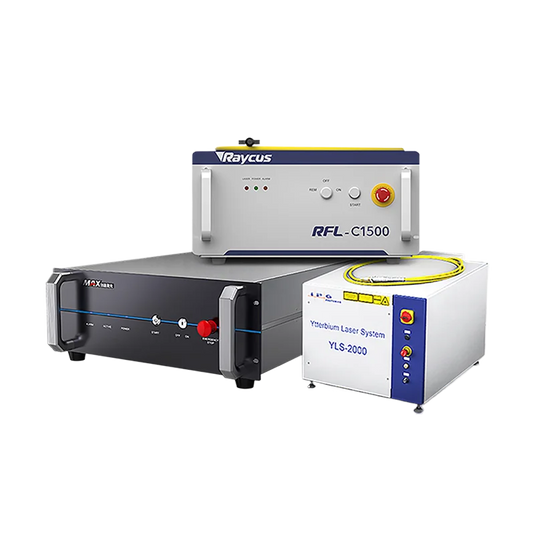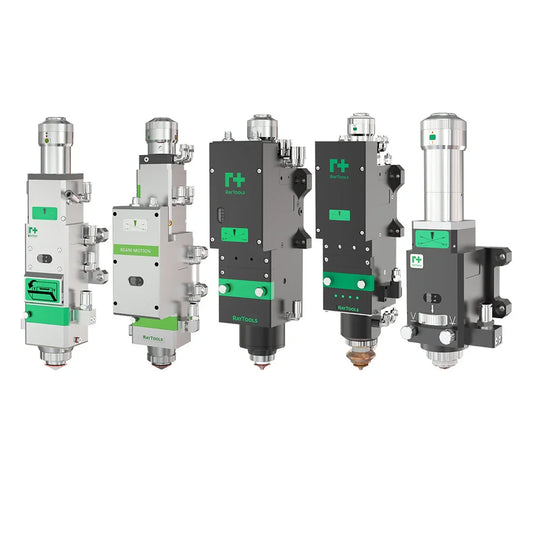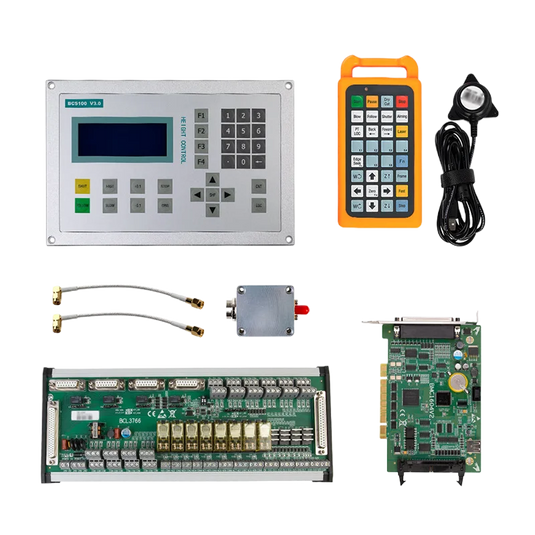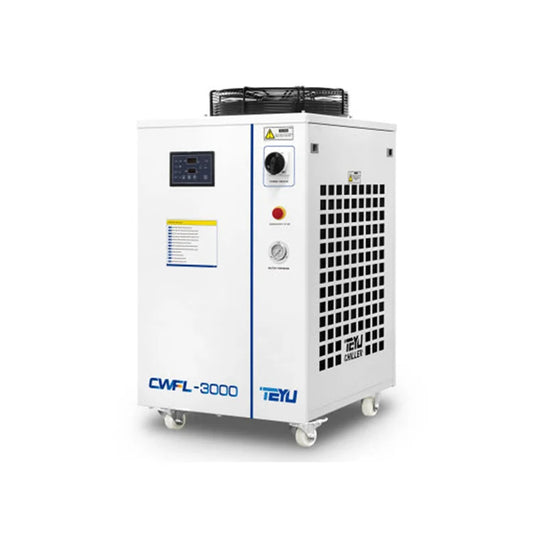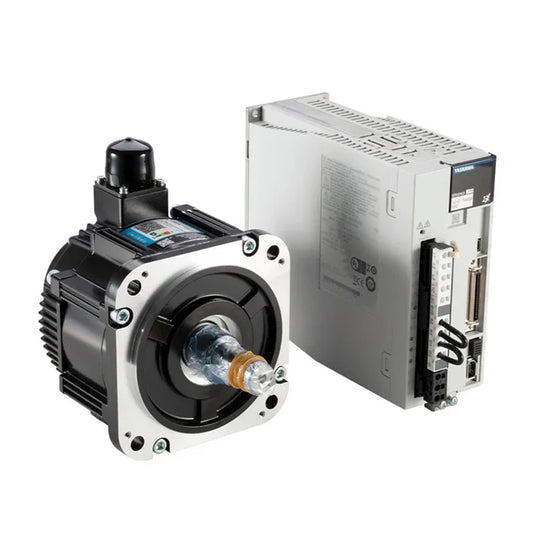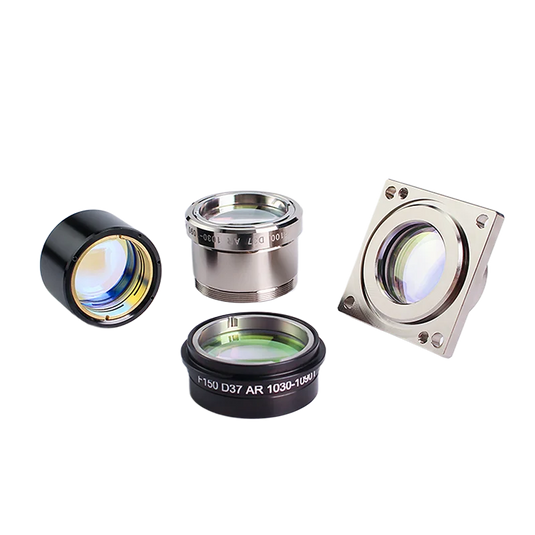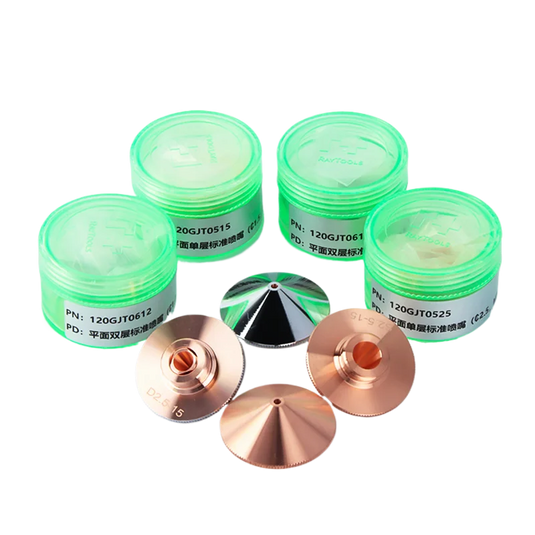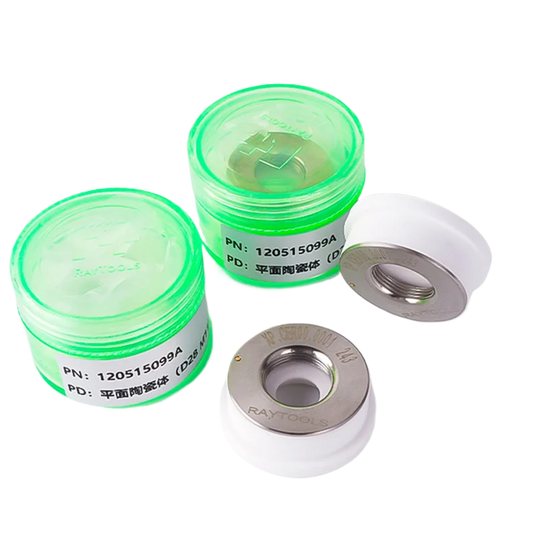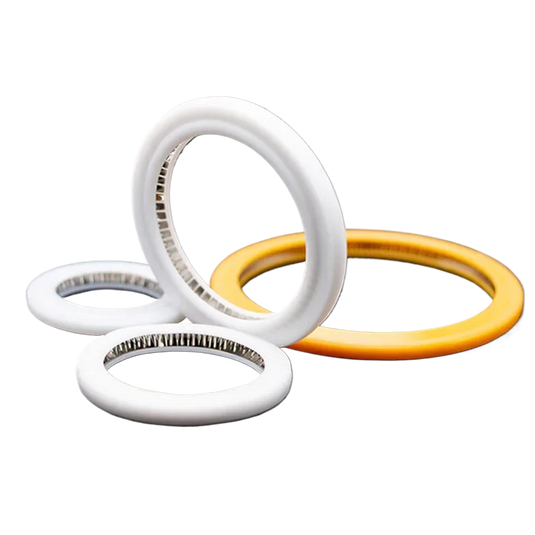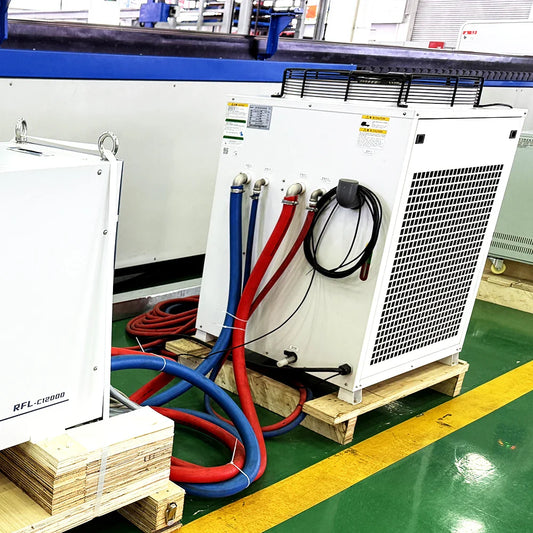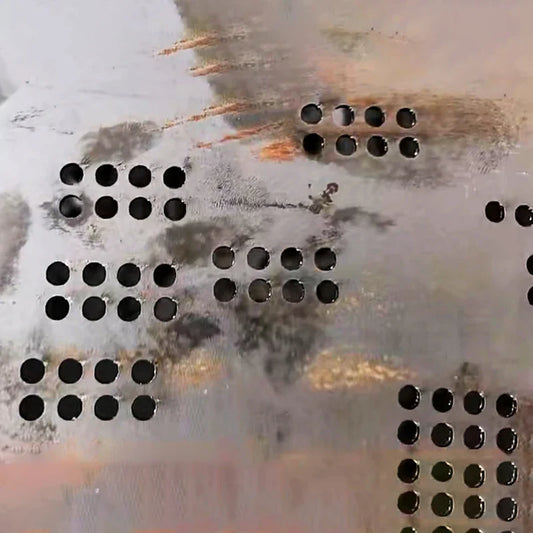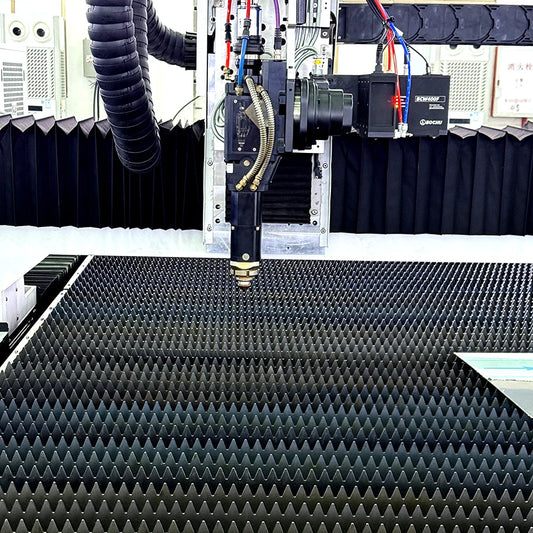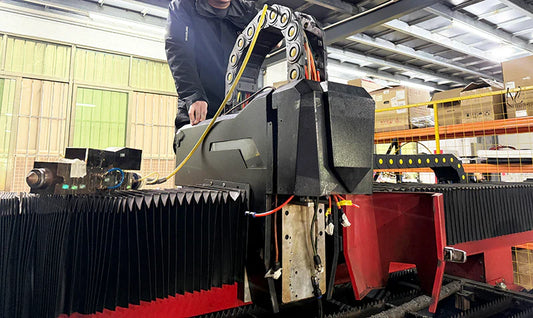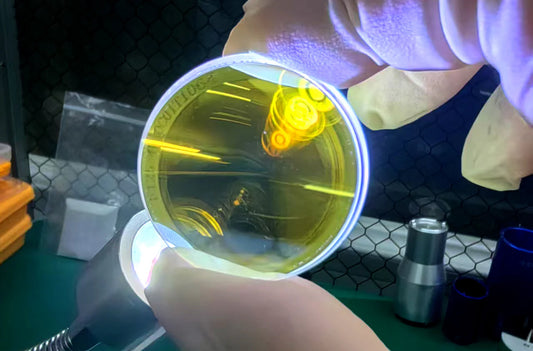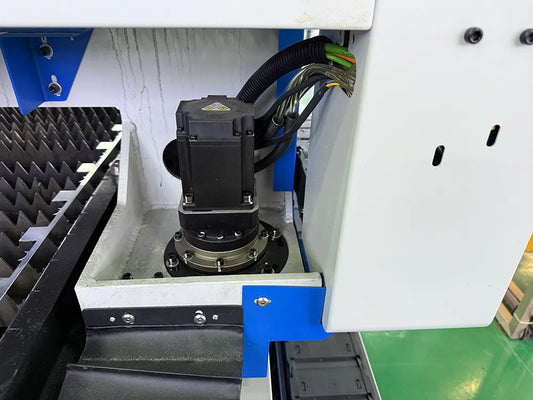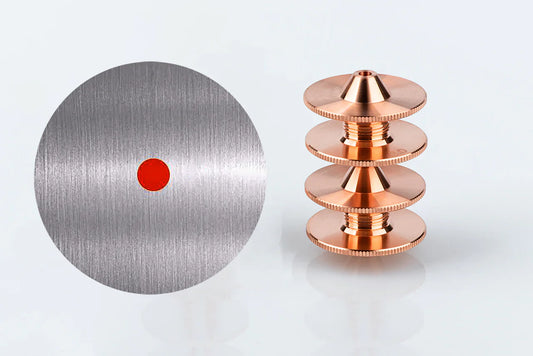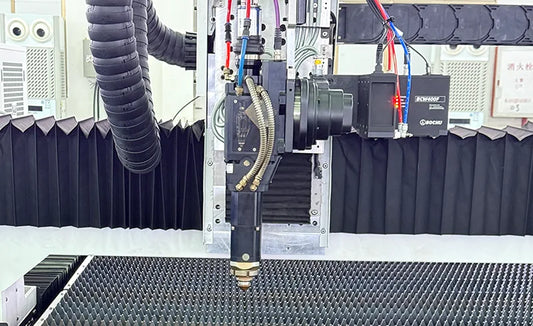Laser Cleaning for Railways: Corrosion Prevention Guide
Introduction: The Silent Threat of Rail Corrosion
Railway networks are the backbone of global transportation, but rail corrosion poses an undetected danger to their safety and efficiency. This apparently trivial problem has resulted in tragic incidents throughout the world. In New York City, a vehicle narrowly avoided death as debris fell from a rusted elevated rail. In India, rusty railway lines contributed to a horrific catastrophe that killed 300 persons and wounded over 1,000.
These occurrences highlight a key issue: rusted rails are a ticking time bomb. Rust weakens metal, produces fractures, and disrupts critical systems such as signaling, increasing the risk of derailments and crashes.
Traditional rail maintenance techniques, such as grinding and chemical cleaning, have proven ineffectual in the long run. However, a revolutionary solution—laser cleaning—is transforming railway maintenance. In this post, we will investigate:
- The causes and effects of rail corrosion
- The disadvantages of traditional cleaning techniques
- How Laser Cleaning Technology Works
- Why laser cleaning surpasses traditional techniques
- The Future of Rail Maintenance using Laser Technology
Let's dive in!
Part 1: Understanding Rail Corrosion
1.1 What Causes Railroad Corrosion?
Rail corrosion is caused by a variety of environmental, chemical, and mechanical factors:
- Stray Electrical Currents - In metro systems, leaking electrical currents from rails cause electrochemical reactions, which corrode metal over time. This is especially troublesome where rails intersect with concrete or dirt.
- Moisture and Salt Exposure - Coastal cities and humid conditions hasten rust development. Rain, humidity, and airborne salt form a conductive coating on steel, hastening oxidation.
- Industrial Pollutants and Chemical Exposure - Industrial exhaust, brake dust, and acid rain chemically react with rail surfaces, resulting in severe corrosion.
- Mechanical Stress and Friction - Constant vibrations and train movement wear down protective coatings, causing rust to penetrate deeper.
1.2 The Devastating Effects of Corrosion
Rail corrosion has a far-reaching influence beyond surface rust:
- Structural Weakness - Corroded rails lose strength, increasing the danger of fractures or unexpected collapses under the weight of trains.
- Signal Disruptions - Rust can interfere with electrical signals, causing train miscommunication and potential accidents.
- Increased Maintenance Costs - Corroded rails necessitate early replacements, increasing maintenance expenses by millions.
- Derailment Risks - Weak and brittle rails increase the risk of derailment, harming passengers and railway workers.
Part 2: Flaws in Traditional Cleaning Methods
2.1 Outdated Railway Cleaning Techniques
For decades, railway maintenance workers used manual and chemical procedures. The most popular methods are:
- Mechanical Grinding - The process of physically scraping out rust with abrasive wheels or sandpaper. While helpful in the short term, this practice degrades rail structure over time.
- Chemical Cleaning - Acidic treatments eliminate rust, but the residue contaminates neighboring soil and water.
- Sandblasting - High-pressure sand stripping eliminates rust but causes microcracks in the steel, which accelerates future corrosion.
2.2 Why Do Traditional Methods Fail?
- Surface Damage - Grinding and sandblasting degrade rail integrity, decreasing track life.
- Environmental Hazards - Chemical discharge contaminates ecosystems and airborne sand particles endanger workers' health.
- Inefficiency - Manual rust removal is slow and inefficient, taking days to clear short rail sections.
Clearly, old approaches are not sustainable. Enter laser cleaning, a revolutionary technique that provides a safer, quicker, and more environmentally responsible alternative.
Part 3: Laser Cleaning—A Technological Leap
3.1 How Laser Cleaning Works
Laser cleaning employs high-intensity laser pulses to remove rust, grime, and other impurities without requiring physical touch. This is how it works:
- Laser Beam Targeting - A strong laser beam is focused on the corroded surface.
- Energy Absorption - Rust absorbs laser energy and heats up immediately.
- Vaporization and Ultrasonic Vibrations - The abrupt thermal expansion separates rust particles, vaporizing them into harmless dust.
This non-abrasive, precision-based process ensures that only rust is removed, leaving the underlying metal intact.
3.2 Real-World Success Stories
Countries across the world have begun to use laser cleaning, with astonishing results:
- Shenzhen Metro (2024) - A 2000W laser technology cleaned rails and train wheels five times quicker than previous techniques, cutting maintenance downtime by 70%.
- European High-Speed Rail Trials - Laser-cleaned rails exhibited 90% less corrosion recurrence than sandblasted parts.
Part 4: How Lasers Outperform Everything Else
4.1 Key Benefits of Laser Cleaning
- Perfect Precision - Lasers eliminate rust layer by layer without damaging the rail surface.
- Eco-Friendly Process - No chemicals, no waste, and no contamination.
- Speed and Efficiency - Lasers clean 10 meters of track every hour, compared to only 2 meters using grinding processes.
- Cost-Effective - Cuts maintenance costs by 40%, increasing rail life by 15+ years.
- Worker Safety - Laser cleaning is completely automated, which reduces exposure to harmful contaminants.
With these benefits, laser cleaning is quickly becoming the international standard for railway maintenance.
Part 5: Implementing Laser Cleaning
5.1 Selecting the Right Equipment
Choosing the best laser cleaning system relies on:
- Power Requirements - 1000W lasers manage mild rust, whereas 3000W systems handle extensive corrosion.
- Wavelength Suitability - For steel rails, the most effective infrared laser is 1064nm.
- Mobility Options - Rail-mounted and truck-mounted solutions improve accessibility.
5.2 Optimization of the Process
To increase laser cleaning efficiency:
- Pre-Clean Inspections - Use drones or sensors to detect corrosion hotspots.
- Adjust Laser Parameters - Set the laser intensity based on rust thickness.
- Post-Clean Protection - Apply anti-corrosion coatings immediately following laser cleaning to ensure long-term durability.
Part 6: The Future of Railway Maintenance
Laser cleaning is only the beginning. The future of railway maintenance involves:
- AI-Powered Smart Lasers - AI-driven lasers will detect rust and alter cleaning settings in real time.
- Solar-Powered Laser Systems - Renewable energy-powered lasers will lower operating expenses and carbon footprints.
- 3D Rail Mapping - High-resolution laser scans will generate digital twins of railway rails, forecasting future corrosion hazards.
Conclusion: A New Era in Rail Safety
Rail corrosion poses a severe concern, but laser cleaning provides the ultimate answer. Railway operators can replace outdated technologies with precision-based laser technology to:
- Enhance track durability
- Reduce maintenance expenditures
- Improve passenger safety
- Minimize environmental impact
The future of railway maintenance is about dependability, sustainability, and innovation. The moment to embrace laser cleaning is now.

